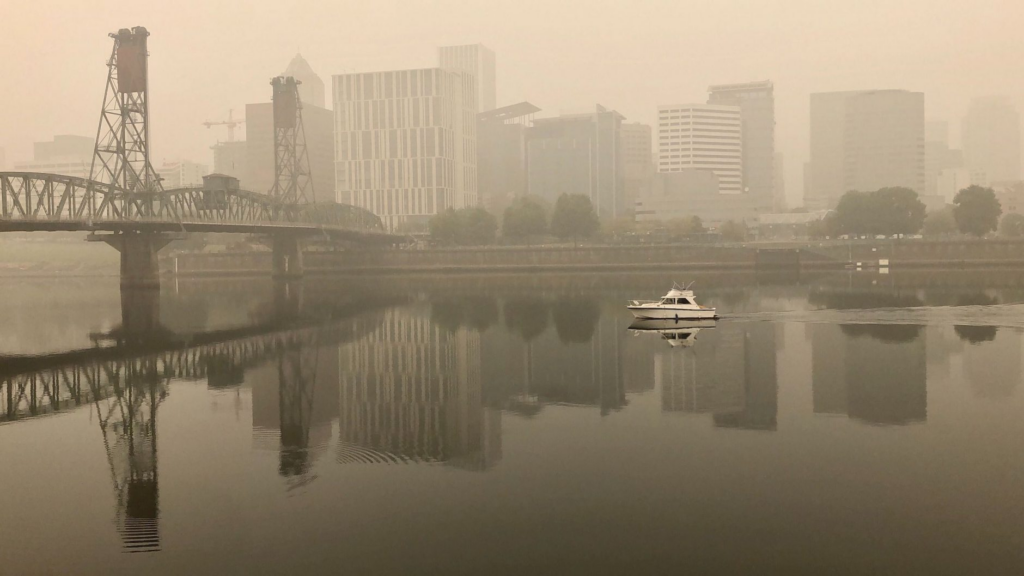
By Leila Waid.
September is kicking into high gear, which means the summer season has ended, and fall is just around the corner. While summer is usually known for warm, sunny days that are perfect for vacations, this summer was quite different for many individuals worldwide. Why? Because of the overwhelming heatwaves caused by climate change. According to NASA, new temperature highs were reached this season that the world had never seen before.
This extreme heat reflects on population health and our ability to cope. According to the CDC, between August 20-26 alone, 1,509 out of every 100,000 emergency room visits were due to heat stress in the Midwest. Specifically, the states with the highest heat-related ER visits were Iowa, Kentucky, Missouri, and Nebraska. In 2022, a massive heat wave killed over 61,600 individuals in Europe. And a much higher proportion of those deaths were women (more than 35,000 deaths among women compared to 21,600 among men.) This staggering statistic showcases that women are more vulnerable to the effects of heat stress (due to different physiological functions – such as proportionately higher body fat). Thus, addressing heat waves is not only a climate change issue but also a gender equality issue.
How can we address climate change-induced heat in our communities? One excellent resource to use for a variety of climate change work is the EJScreen tool from the EPA. Although this does not focus specifically on heat, it provides a great overview of the US and various climate change issues. The mapping tool offers census-tract data on the most vulnerable populations and neighborhoods projected to be impacted by climate change. If you work in environmental justice, this is a great asset to pinpoint vulnerable populations and allocate resources efficiently. Even if you are not working in a climate-related capacity, this information is still beneficial to have on hand!
Another resource to utilize is the CDC’s Heat and Health Tracker. The agency also has a resource page on how to provide assistance to a wide variety of vulnerable populations, such as pregnant women and outdoor workers, during a heat wave.
You can also directly work to protect your communities from heat-induced illness and death by advocating for change at a local level. For example, ask your local government leaders about their emergency plans for heat waves or other climate-induced natural disaster events. And if they do not have any in place, advocate for change! Also, you can educate them about the benefits of Green Infrastructure and how it can make your communities more resilient to natural disasters, such as droughts from a heatwave. The EPA provides a Resource Guide for Green Infrastructure for a wide variety of weather scenarios.
Becoming familiar with these various tools is beneficial because, no matter what work you do in the environmental justice field, climate change will impact you and your communities in some form. One of the best ways to protect your communities is to be as prepared as possible when next summer rolls around!







 We can see across the board that a few counties continuously rank high among proximity to chemical facilities as we have defined them. Bell County is the largest offender with its average resident being closer to hazardous waste facilities than 79% of the rest of the US, closer to underground storage tanks than 64% of the rest of the US, and closer to wastewater discharging facilities than 98% of the US. Clay, Knott, and Harlan counties follow closely.
We can see across the board that a few counties continuously rank high among proximity to chemical facilities as we have defined them. Bell County is the largest offender with its average resident being closer to hazardous waste facilities than 79% of the rest of the US, closer to underground storage tanks than 64% of the rest of the US, and closer to wastewater discharging facilities than 98% of the US. Clay, Knott, and Harlan counties follow closely.